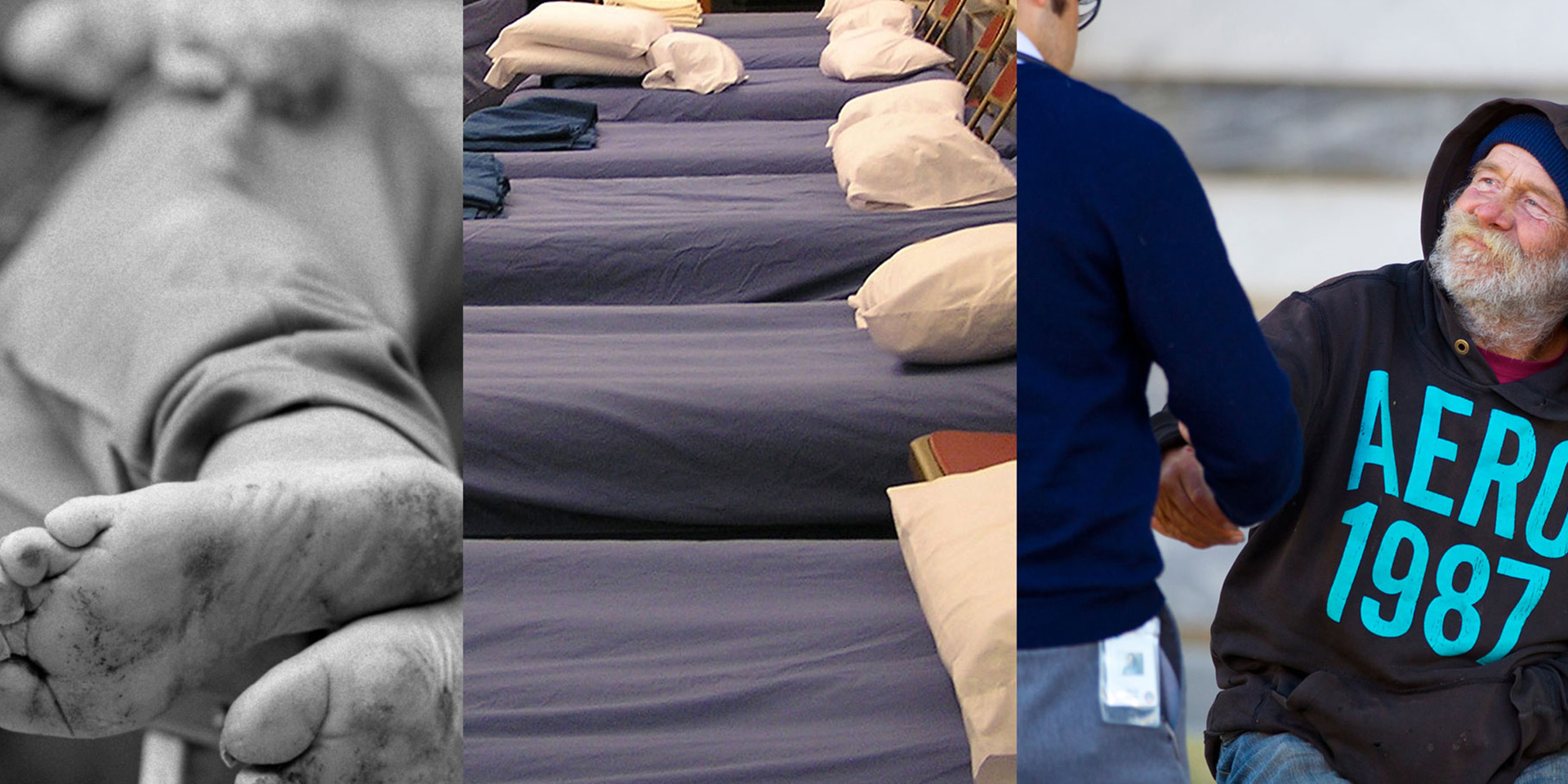When did we become so self-absorbed? Why has is seemingly become so difficult for people to be decent, conscientious, helpful, courteous, respectful… With less focus on oneself there would be a better understanding of the importance of others.
Recently, I feel there has been a decrease in people thinking of the greater good and an increase in selfish, self-centered behavior. This can be seen every day when driving, out in public while shopping or eating at a restaurant, and even in the workplace. People rarely pay attention to others around them, and as a result we seem to be devolving as a society. Rules and laws are broken, crimes unstopped/unreported(no one wants to be involved), garbage litters the streets and sidewalks, people in need are ignored...By putting others’ needs first, there will be a better sense of community/society which will in turn improve the experiences of those in the community (cleaner streets, less road rage/frustration, people will feel safer and happier).
the meaning or relationship of meanings of a sign or set of signs
I was fortunate enough to have the opportunity to do a weekend-long workshop with Spanish designer Manuel Estrada. I was inspired by his process. Using collage to "sketch" his concepts was an entirely new approach for me, so for this portion of the project I decided to step away from my sharpies and sketchbook,pick up my exacto knife and get to work. It was far more difficult than I had imagined. But, the process and experience was well worth stepping outside of my comfort zone.
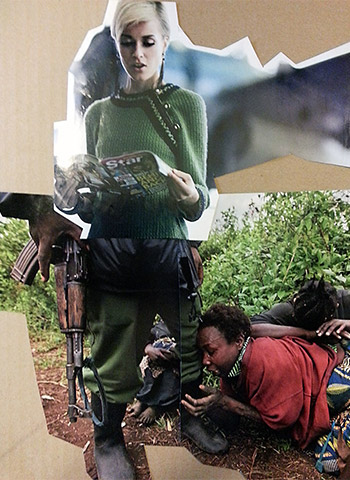
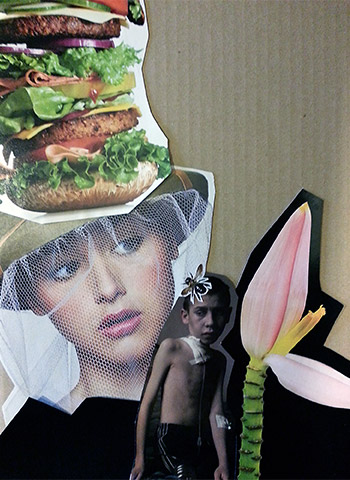
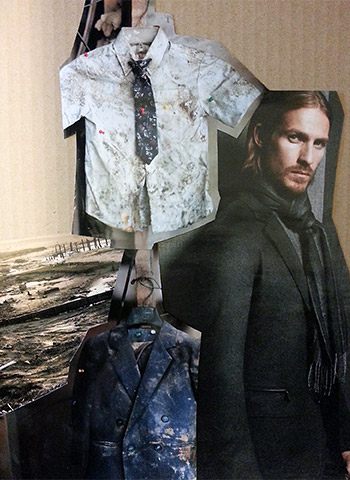
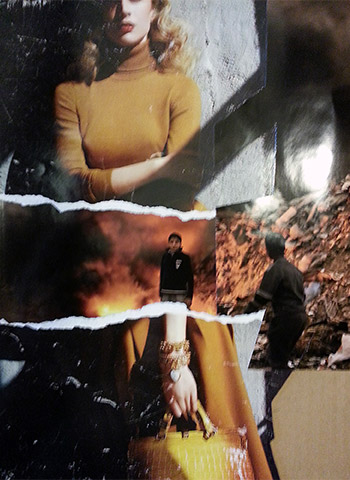



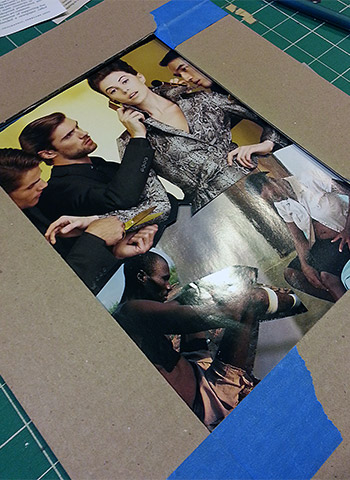
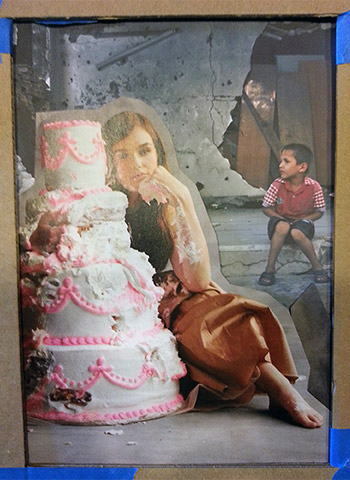


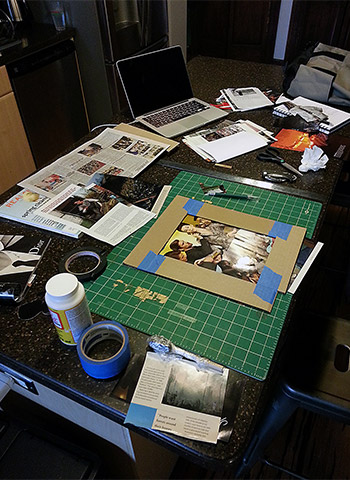
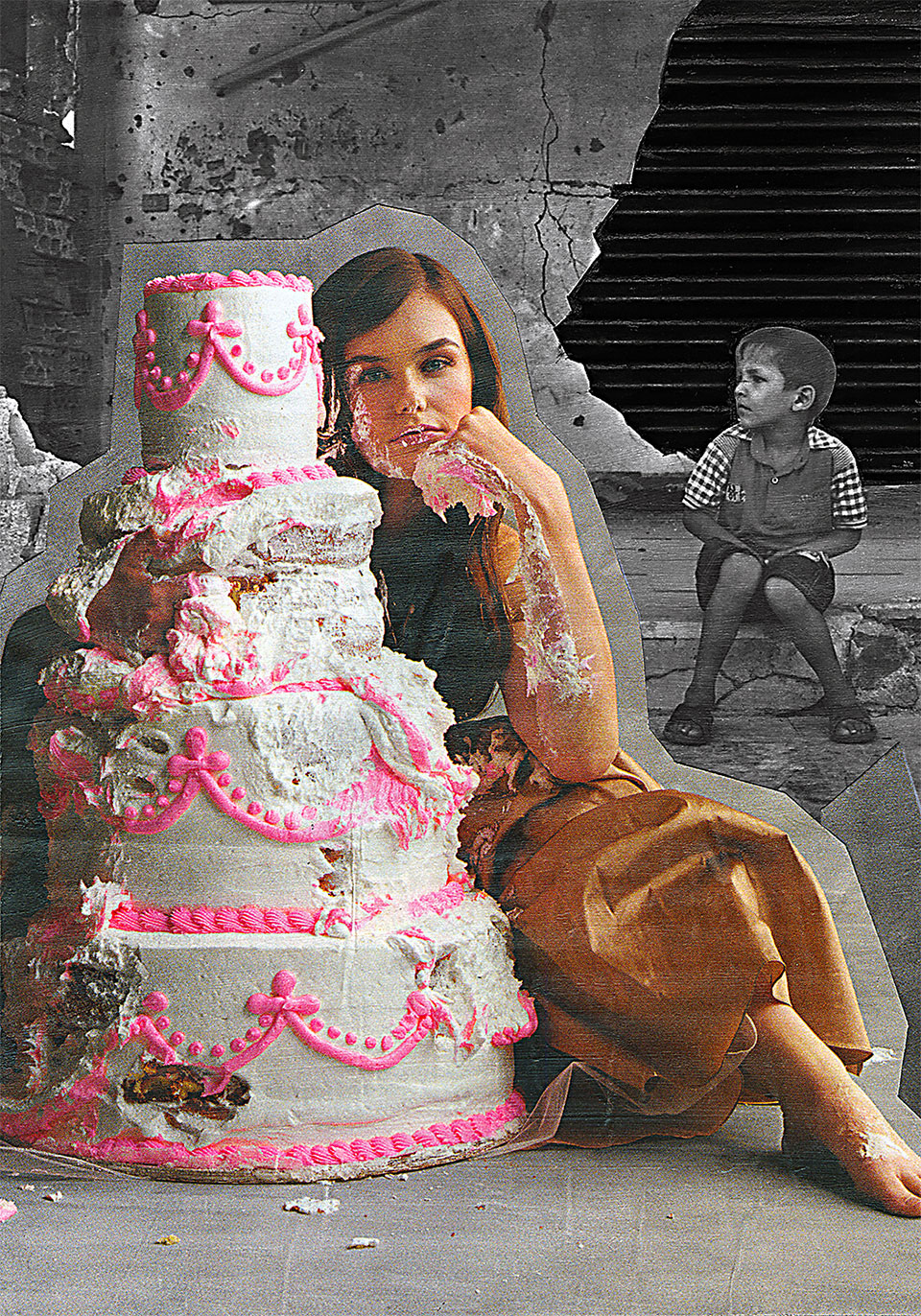
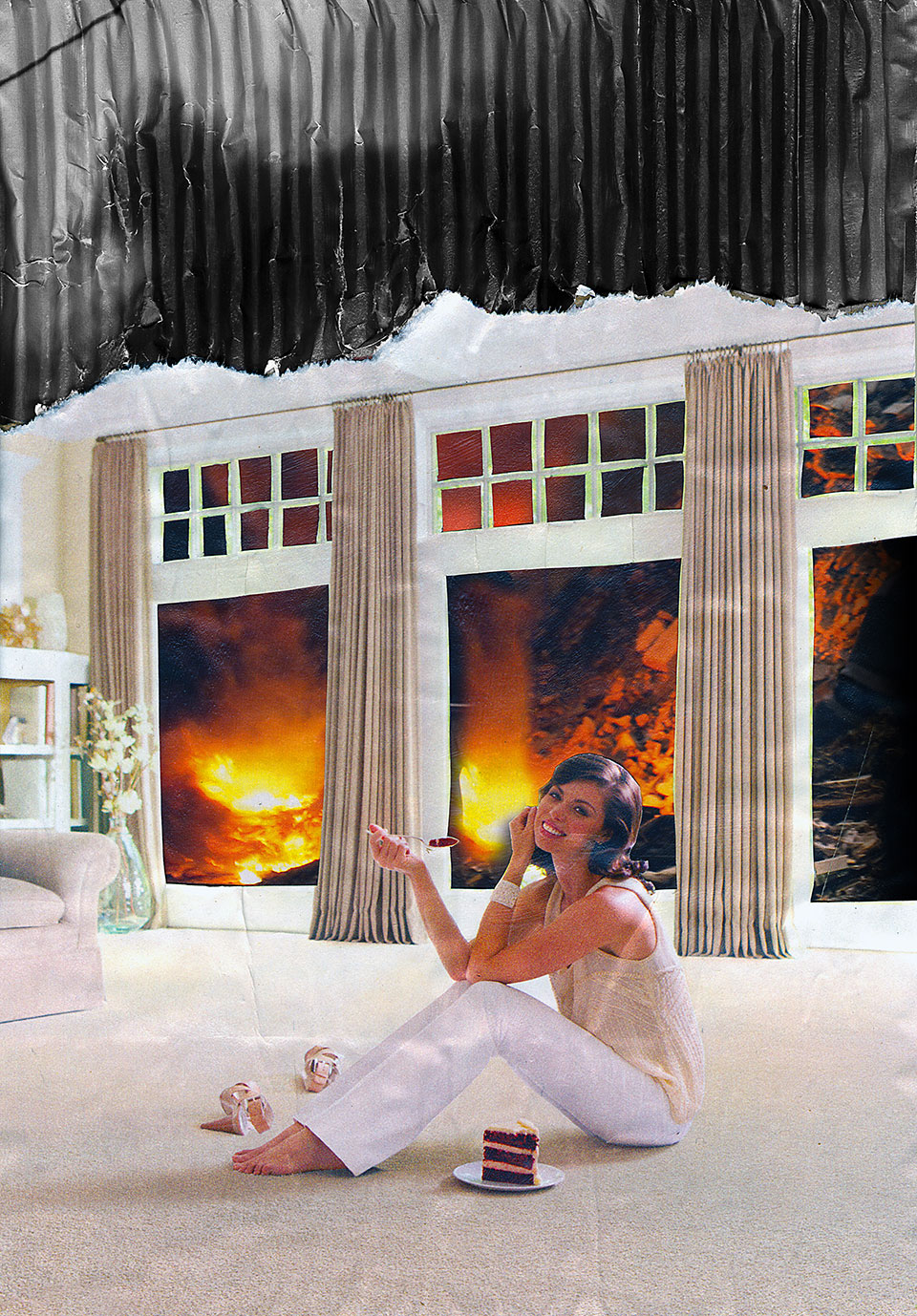

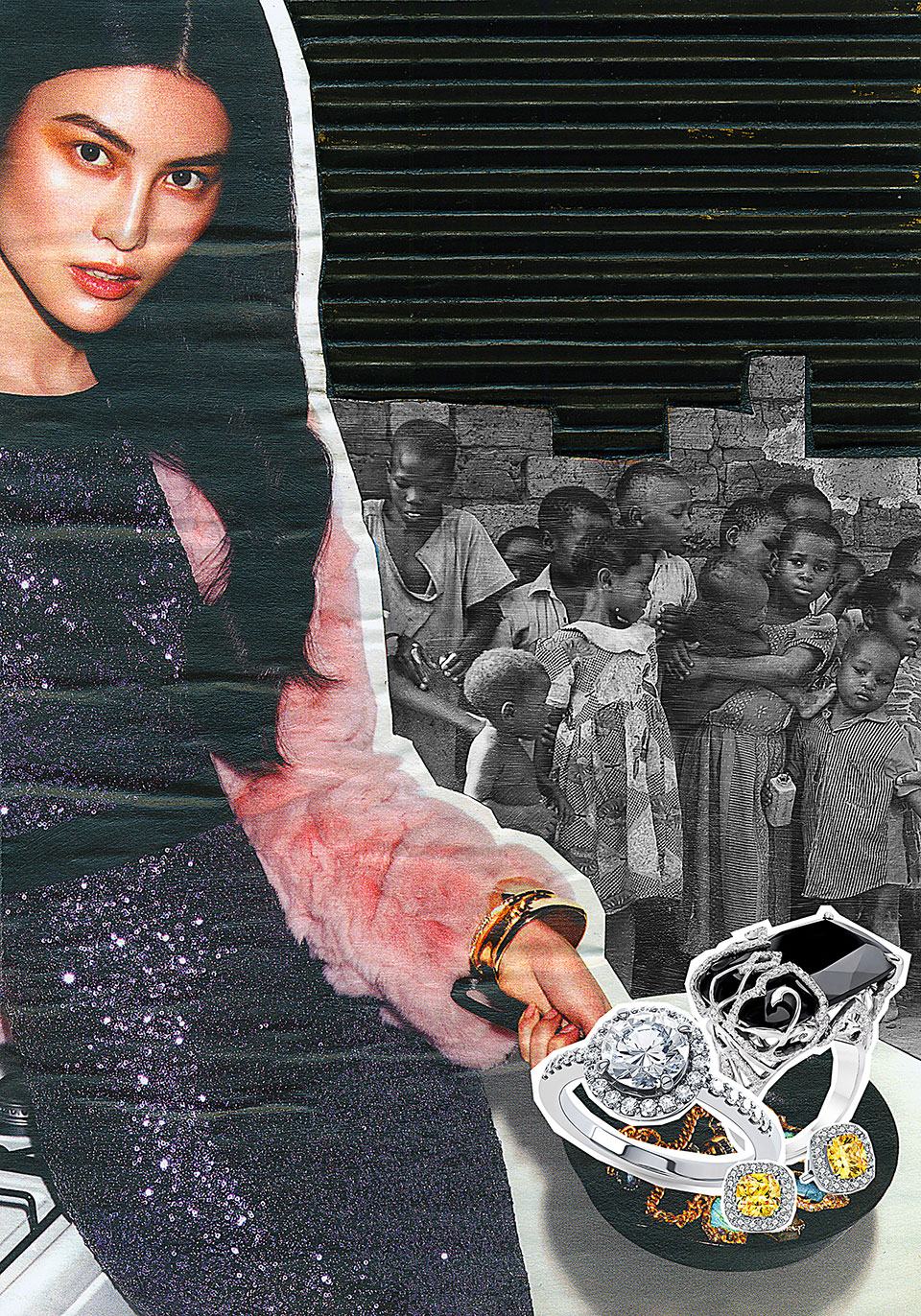
the ways in which context contributes to meaning
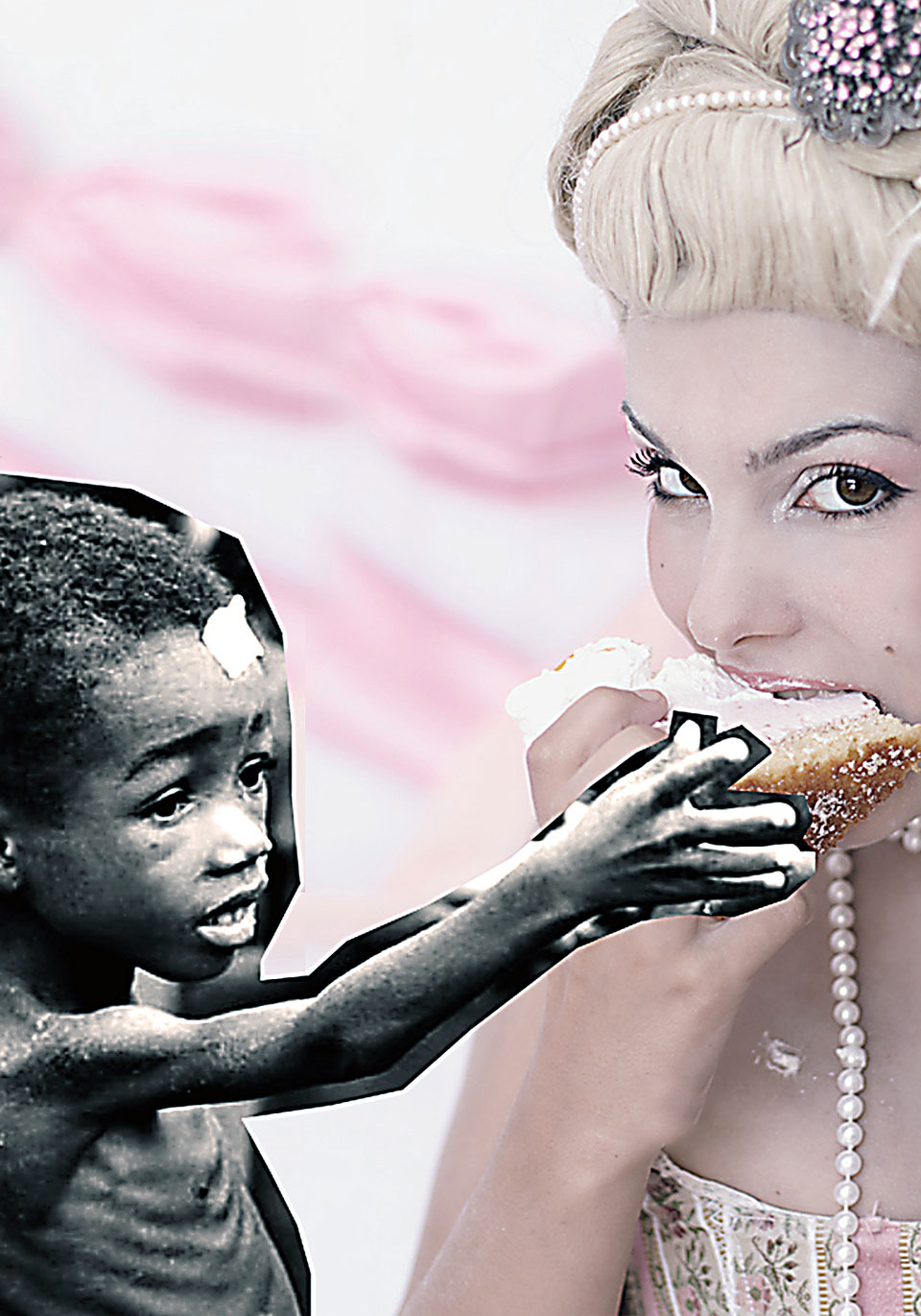



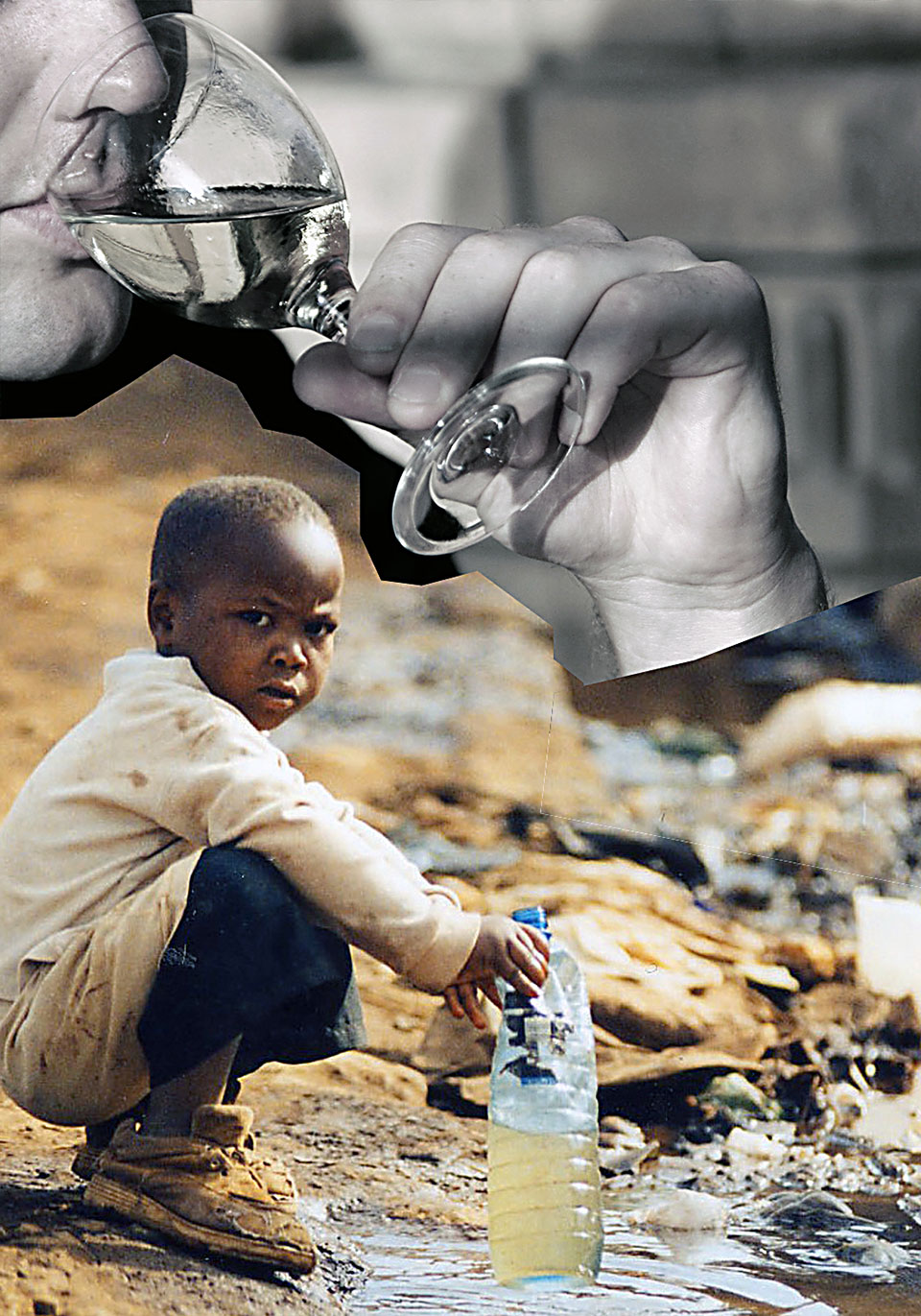
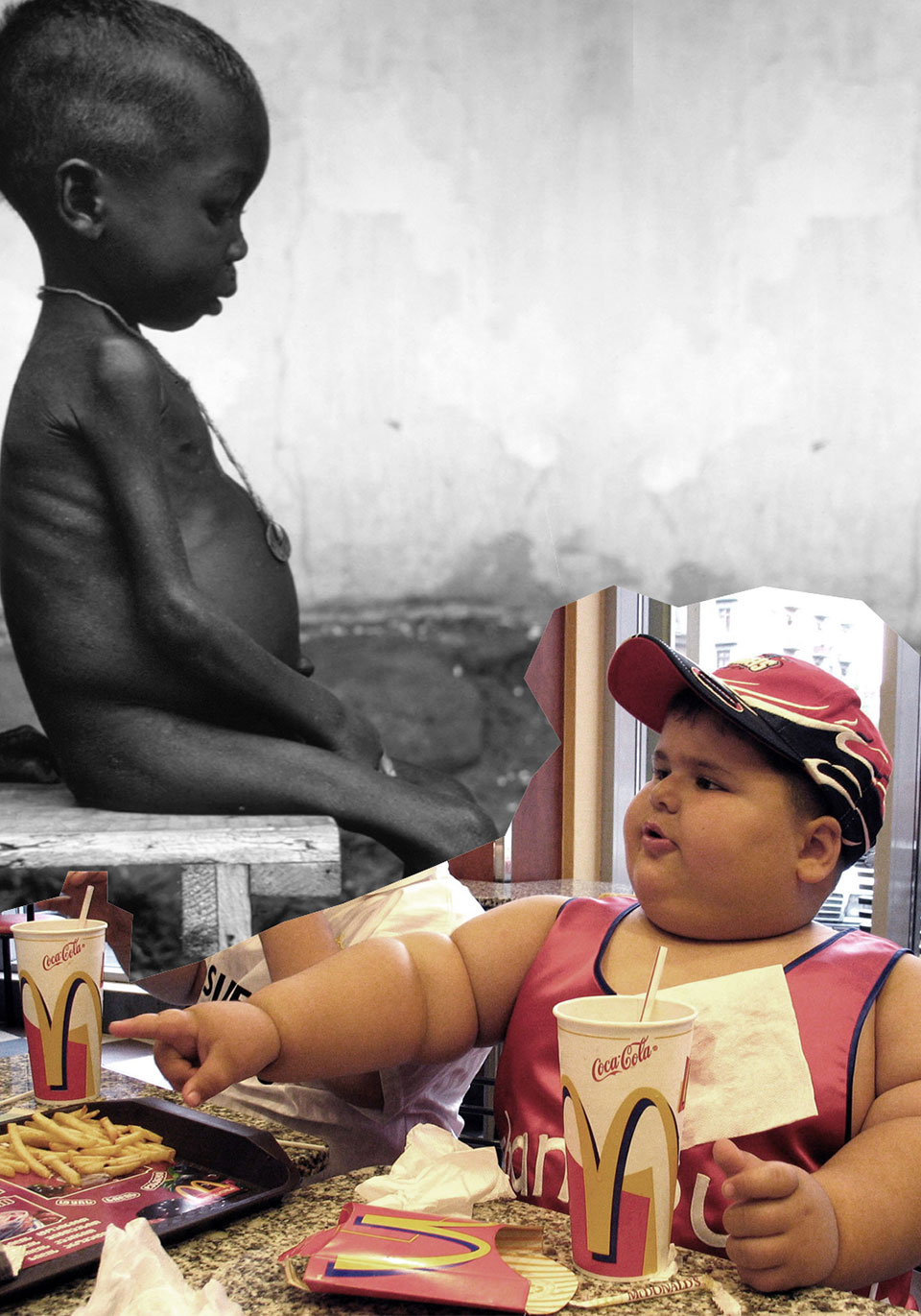
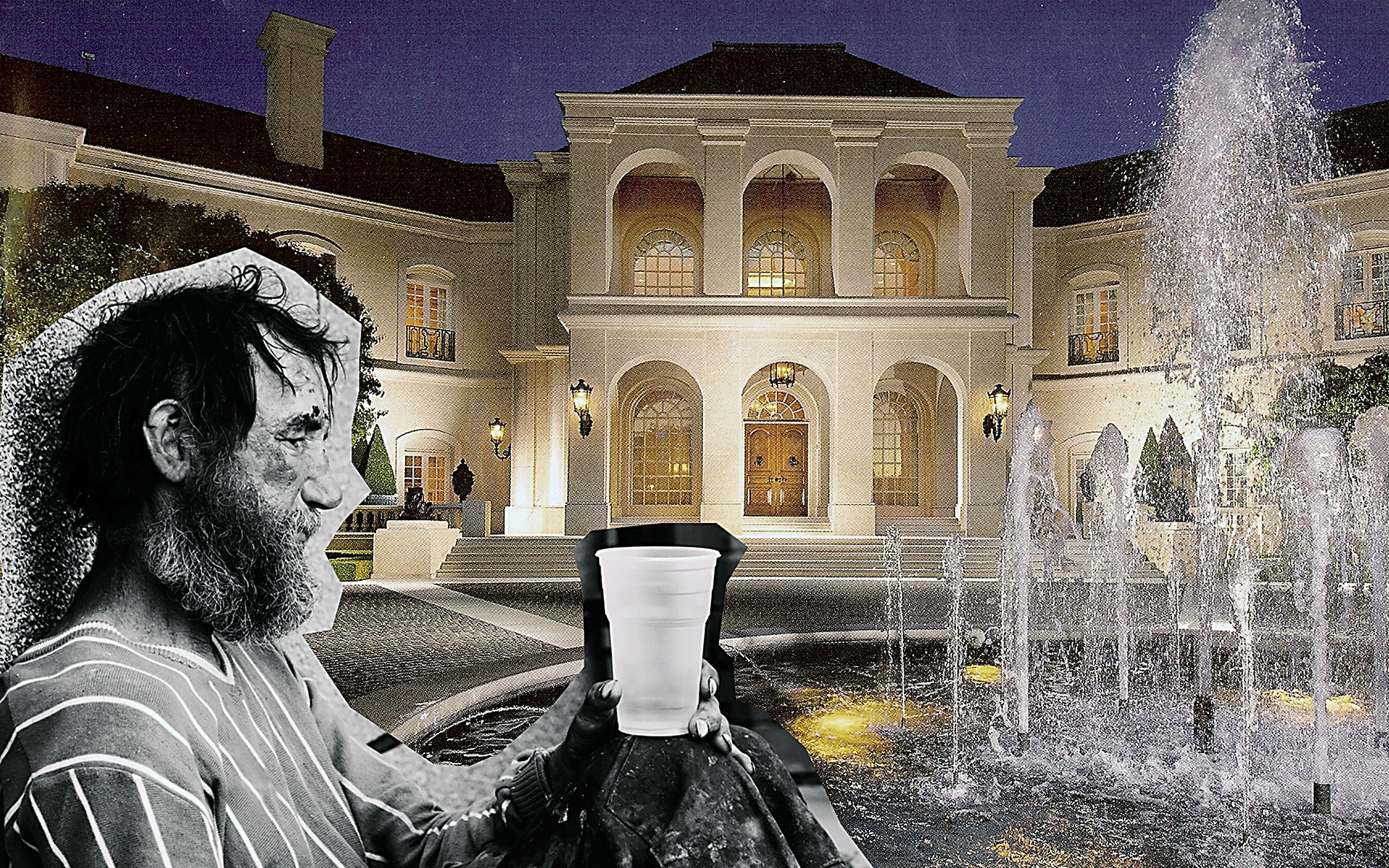
the formal properties of languages and systems of symbols



